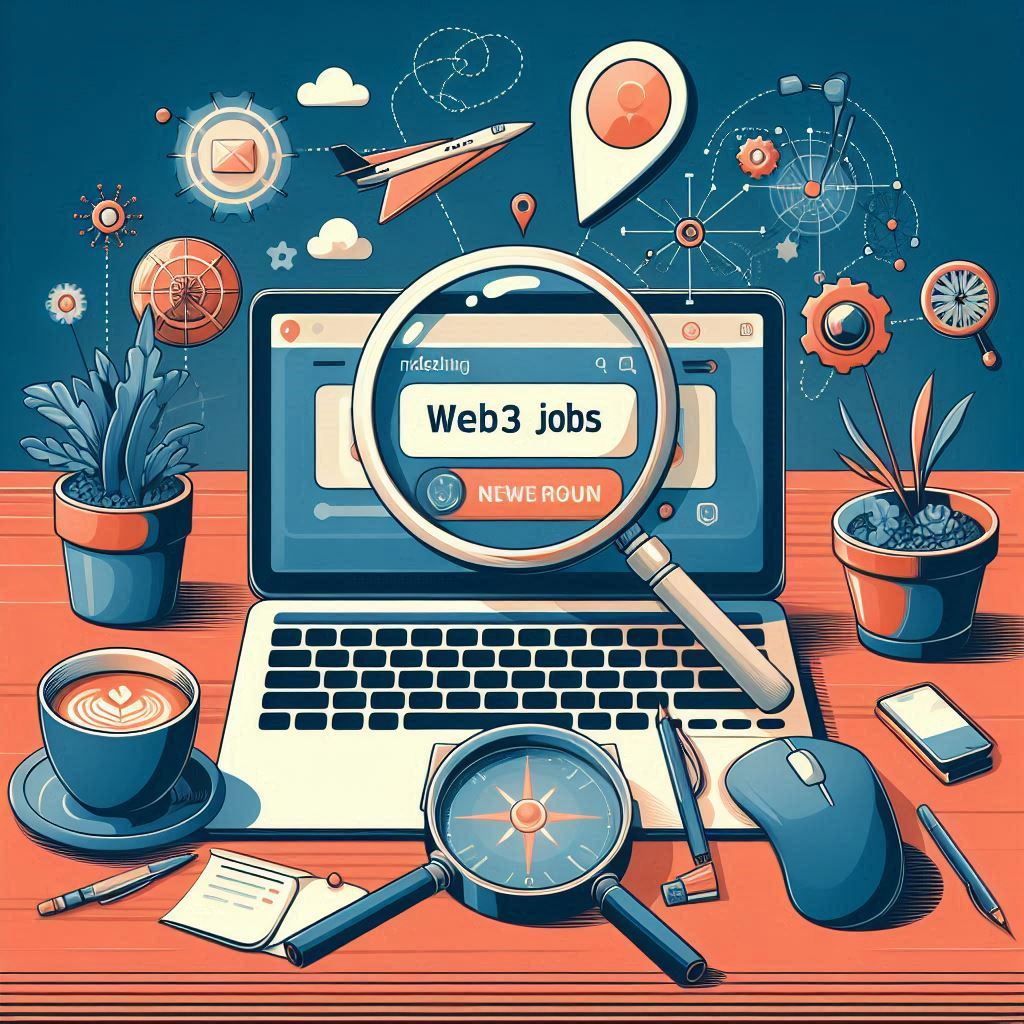How Decentralized Applications (dApps) Work
Decentralized Applications (dApps) are revolutionizing the way we interact with technology. Unlike traditional apps that rely on a central authority, dApps operate on a distributed network, offering a more transparent, secure, and user-controlled experience. This guide dives deep into the inner workings of dApps, explaining the core concepts and their potential impact.
Demystifying Decentralization: The Power of Blockchains
Centralized applications (like most apps you use today) are controlled by companies that store your data and manage how the app functions. Decentralized Applications (dApps), on the other hand, leverage the power of blockchains. Imagine a giant digital record book, publicly accessible and constantly updated across a network of computers. This is essentially what a blockchain is. Transactions and data are recorded in blocks, then chained together chronologically, creating an immutable ledger. This decentralized structure empowers dApps in several ways:
- Transparency: Everyone on the network can see the code and transactions, fostering trust and eliminating hidden agendas.
- Security: Since data is spread across the network, it’s nearly impossible to tamper with, offering robust security.
- Censorship Resistance: No single entity controls the network, making dApps resistant to censorship or shutdowns.
-
- Reduced Maintenance: Contracts are less coupled to implementation details, making them easier to maintain as code evolves.
Higher Quality Software: By ensuring components collaborate effectively, contract testing leads to more reliable and robust applications.
Smart Contracts: The Brains Behind dApps
Think of dApps as self-executing programs. The magic behind this functionality lies in smart contracts. These are essentially lines of code stored on the blockchain that dictate the rules and regulations of a dApp. When certain conditions are met (like completing a purchase), the smart contract automatically executes the predefined actions, removing the need for a middleman. This automation streamlines processes and eliminates human error.
Here’s a simplified example: Imagine a dApp for a decentralized marketplace. A smart contract could be programmed to hold a seller’s product in a digital escrow until the buyer pays for it. Once payment is received, the contract automatically releases the product to the buyer. This eliminates the risk of fraud and ensures a smooth transaction for both parties.
Building dApps: A Glimpse into Development
While the inner workings of dApps might seem complex, the development process is becoming increasingly accessible. Here’s a simplified breakdown:
- Concept and Design: The first step involves defining the purpose and functionality of the dApp.
- Smart Contract Development: Developers write the code for the smart contract, outlining the rules and logic of the dApp.
- Front-End Development: This involves building the user interface, the part you interact with when using the dApp.
- Deployment and Testing: The dApp is deployed on a blockchain network and rigorously tested for functionality and security.
Web3 Career, a leading platform dedicated to careers in the decentralized web, offers valuable resources and training programs for aspiring dApp developers. Their comprehensive curriculum equips individuals with the necessary skills to navigate the exciting world of blockchain development.
The Diverse Landscape of dApps
Decentralized Applications (dApps) have the potential to disrupt various industries. Here are some prominent examples:
- Decentralized Finance (DeFi): dApps are revolutionizing finance by enabling peer-to-peer lending, borrowing, and trading without relying on traditional banks.
- Gaming: dApps are introducing new possibilities in gaming, like creating unique in-game items that users can truly own and trade.
- Social Media: dApp-based social media platforms offer users more control over their data and potentially limit censorship.
-
- Contracts for Everyone: Contracts are not just for developers. They can be written in a language understandable by all stakeholders, including product managers, business analysts, and testers. This fosters better communication and collaboration.
Focus on Integration: Contract testing ensures different parts of the system work together seamlessly. This reduces integration headaches and improves overall system reliability.
This is just a glimpse into the vast potential of dApps. As the technology matures, we can expect even more innovative applications to emerge across various sectors.
Conclusion
Decentralized Applications (dApps) represent a paradigm shift in how we interact with technology. By leveraging the power of blockchains and smart contracts, dApps offer a more secure, transparent, and user-empowering experience. While the technology is still evolving, its potential to reshape industries and redefine online interactions is undeniable.
Frequently Asked Questions (FAQ)
- Are dApps safe to use?
While dApps offer robust security features, it’s important to be cautious. Always research the dApp thoroughly before interacting with it and only use reputable platforms.
- How do I use a dApp?
Using a dApp is often similar to using a traditional web application. You might need a crypto wallet to interact with some dApps, so be sure to understand the specific requirements before diving in.
- Where can I learn more about dApp development?
Web3 Career offers a wealth of resources and training programs to kickstart your journey as a dApp developer. Explore their website to discover the exciting possibilities in this emerging field.
